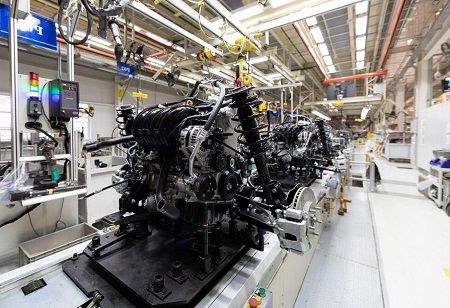
In February, China’s manufacturing sector likely contracted for a second consecutive month, sustaining appeals for additional stimulus to support weakened domestic demand in the world’s second-largest market as producers prepare for new U.S. tariffs.
China’s $18 trillion economy met the government's growth goal of "around 5%" in 2024, as exports and industrial production significantly surpassed retail sales, while unemployment stayed persistently elevated.
Beijing is anticipated to uphold its growth target for this year, yet but analysts are uncertain over how quickly policymakers can revive weak demand, especially as U.S. President Donald Trump's heavy trade restrictions increase strain on Chinese exporters.
To maintain growth and address growing external challenges, policymakers have committed to greater fiscal expenditures, elevated debt issuance, and additional monetary easing.
On Thursday, Trump announced he would impose an additional 10% duty on Chinese products starting March 4, in addition to the 10% duty he levied on February 4 concerning the fentanyl opioid issue, to urge Beijing to take further action against the trafficking of the deadly drug. This would lead to a total 20% tariff, remaining less than the 60% restriction he warned about during his campaign.
Over half of the respondents anticipate the PMI will indicate a decline in factory conditions for February, with Pantheon, a global market investor, reporting the lowest value of 49.0. Six anticipated a return to growth, with DZ Bank predicting a PMI of 50.5

